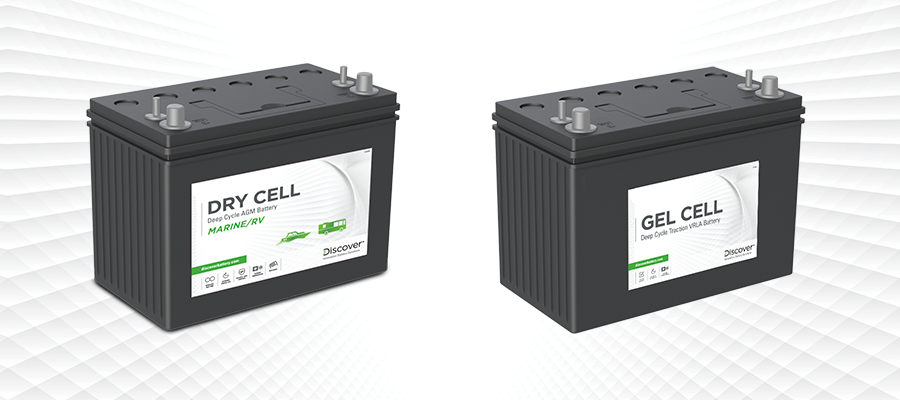
How do I know if a charger is “GEL or AGM friendly”?
Unfortunately, many chargers on the market claim to be GELL “friendly” or “OK for sealed batteries” but are not. Some overcharge the batteries, while others may not fully charge the batteries. Some chargers claim to be “smart.” Some “smart” chargers do a good job, while others do not. The best choice of charger often depends on the application. Use only “voltage-regulated” or “voltage-limited” chargers if possible. Standard constant current or taper current chargers must not be used. Almost all applications require temperature sensing and voltage compensation. Beware, many chargers measure the ambient temperature, which could be significantly different from the battery’s internal temperature. Be sure that if using a non-temperature compensated charger, the charger's profile and charging “time-outs” recognize this!
Low-frequency current ripple (to about 333Hz) can be detrimental to sealed batteries depending on the application. In applications where the charger is connected continuously to a float voltage, primarily where simultaneous charge and discharge may occur, the level of current ripple must be a consideration.
If you are not sure if a charger is performing correctly, follow this procedure:
- Using a fully discharged VRLA DRY CELL battery (OCV about 11.8V) and a digital voltmeter, record the initial open circuit voltage at the battery terminals.
- Using an automatic charger described above, set voltage if adjustable (14.2V for GELL, 14.5V for AGM models).
- Connect and start charging. Record the initial on-charge voltage and current.
- Each hour or so, check and record the on-charge voltage across the battery terminals. Except for occasional, brief “blips” or pulses, the voltage should not exceed the voltage limits noted in “b” above.
- At the end of the charge (when the current is very low or goes to zero), check and record the voltage. Note that the charger may have been turned off by then.
- The disconnected battery should be at 100% or above after a 24-hour rest.
During the charging time, the charger should not have exceeded the limit (except for occasional, brief pulses). This indicates that the charger is working correctly. Keep in mind that the voltage limit is 77°F/25°C. Charging at higher or lower temperatures will change this limit.
A temperature-sensing charger should always be used when charging VRLA DRY CELL batteries, as manual adjustments are never accurate and exceeding temperature limits will damage any battery.
Discover has worked with many quality charger manufacturers to develop a complete line of chargers designed explicitly for its Discover products, with the capability to charge all other types of lead-acid batteries as well. Please enquire with a Discover dealer!
